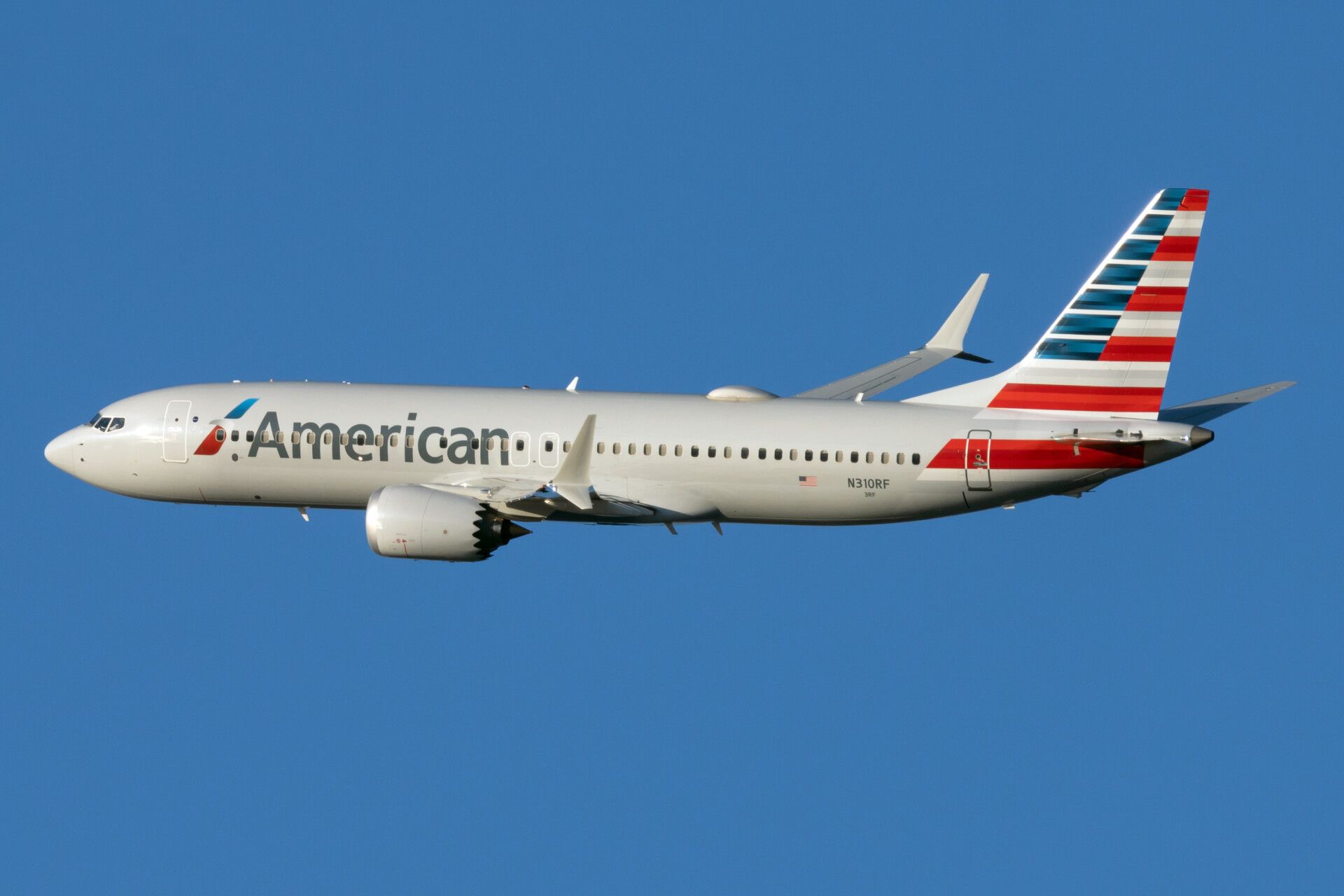Today, American Airlines published its annual Environment, Social, and Governance report for 2020. After a year of limited flying and low passenger numbers, American met and exceeded its environmental goals, setting a good precedent. Let's find out more about American's progress and its plans for the future.
A good year
In its ESG review for last year, American Airlines had some good news about its impact on the environment. After travel plummeted in March 2020, the airline far exceeded its fuel-efficiency savings goal of a 1.5% average for 2014-2020. Instead, it notched an extraordinary 27% fuel efficiency decrease last year alone. This pushed up the cumulative improvement for 2014-2020 to 5.3%.
This progress will be challenging to maintain in 2021 as travel slowly but surely bounces back. However, American plans to stay on track using several other pandemic-era gains and additional investments to tackle climate change.
American's flagship goal is to reach net-zero carbon emissions by 2050. This will be a massive undertaking for the airline and hinges on several key factors. The biggest change will be switching to sustainable aviation fuel (SAF), accounting for 39% of CO2 reductions, followed closely by fleet renewal and next-generation aircraft, knocking down another 32%. Other changes include carbon offsets (17%), air traffic control modernization (9%), and flight operations (3%).
The airline has set several short-term goals to begin the journey to neutrality. This will include using 10% SAF by 2030 and sourcing 2.5 million gigajoules of renewable energy by 2025. Once these goals are met, American is on track to meet its major targets.
Get your boarding pass to the flight of the year. The Future Flying Forum is taking off soon!
Pandemic changes
While the pandemic has disrupted travel majorly, it has been positive for aviation's footprint environment. The drop in passenger numbers meant American got rid of fuel-guzzling aging aircraft ahead of schedule, vastly improving efficiency.
The carrier dropped its A330s and 767s in favor of the 787-8 and 787-9 in widebodies. Narrowbodies saw the 757, MD80, and E190s all leave and make room for the A321neo and 737 MAX 8. Finally, even regional jets made some improvements with the exit of the Dash 8s, CRJ200s, and E140s for the E175 and CRJ900s.
By 2026, American will have a 100 MAX 8s and 80 A321neo family jets, including the A321XLR. This will only help further reduce fuel burn, cost, and carbon emissions. It's a win-win all around.
Balancing act
As the issue of climate change becomes more acute every day, airlines are quickly facing scrutiny for their part in the issue. For American, this will mean treading a fine path between making a full passenger recovery without being accused of negligent environmental behavior. While the two might seem to go hand-in-hand, American's goals could change that view quickly.
For now, American Airlines is happy with the small victories from 2020. However, the future remains pinned on many breakthroughs and tough choices for the airline.
What do you think about American's environmental progress in 2020? Let us know in the comments!



